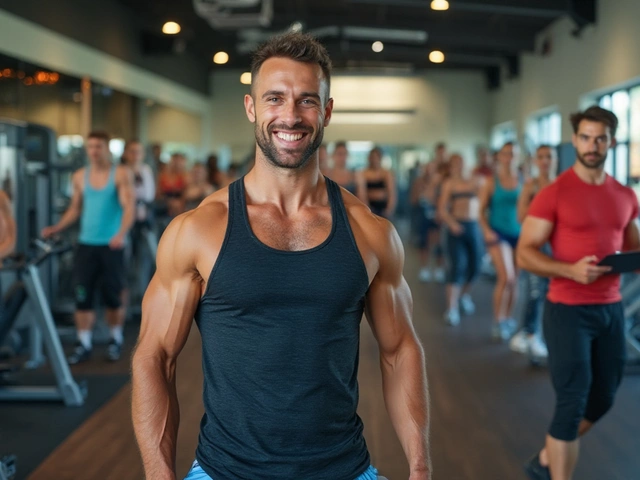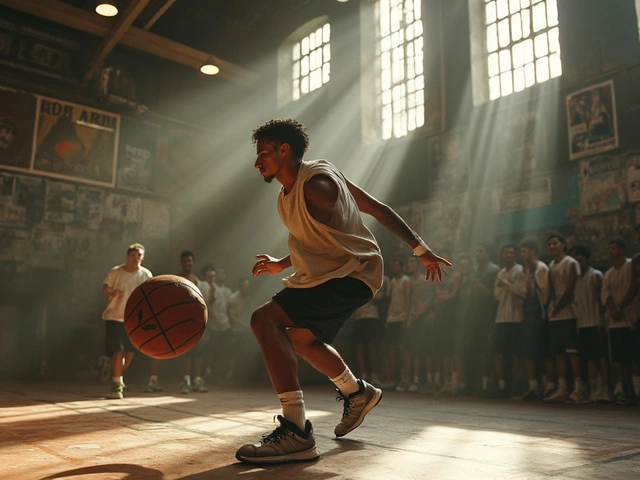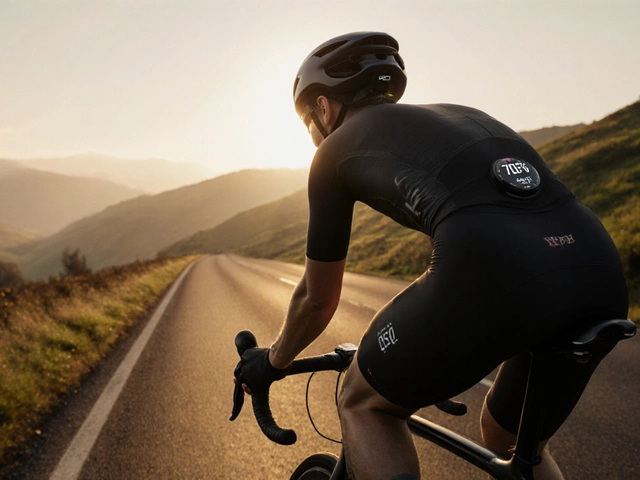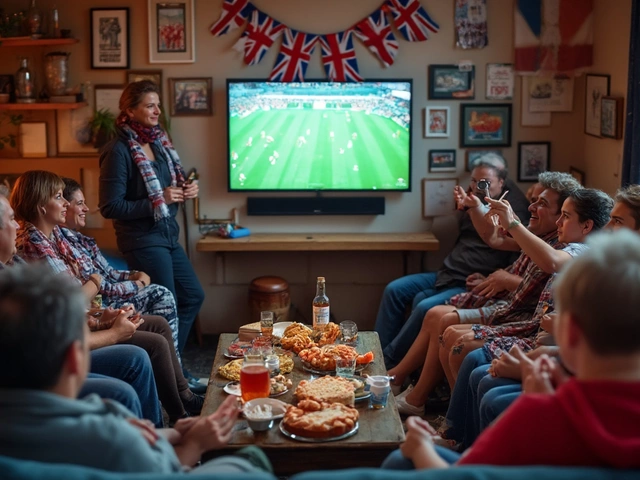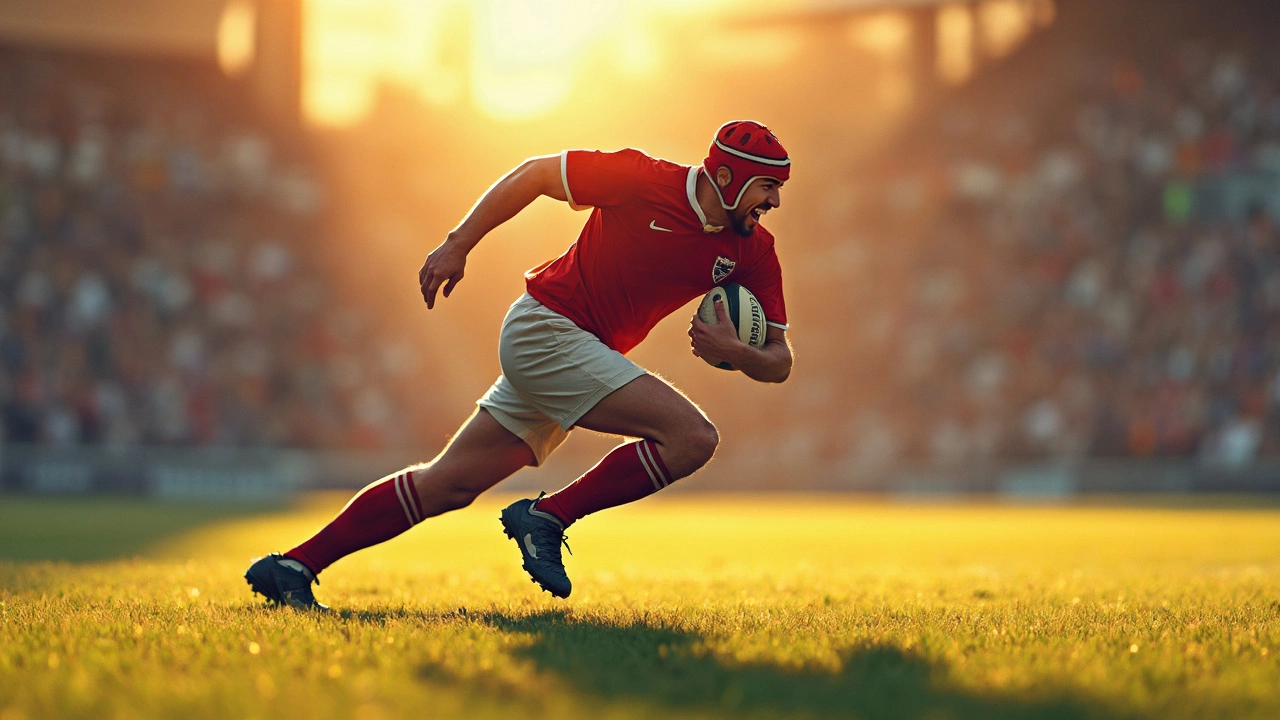
Sports Equipment April 8, 2025
Essential Safety Devices That Protect Athletes in Sports
Ever wonder why athletes look like they're gearing up for battle? It's all about staying safe! Let's kick things off with helmets. They're not just metal bowls on your head; they're designed to absorb impact and reduce the risk of concussions. In football, cycling, or hockey, your brain's best friend is that helmet.
Then there's the world of padding. Imagine having a cushion in all the right places. From shoulder pads in rugby to shin guards in soccer, these nifty pieces of gear are all about preventing bruises and fractures. You might not feel invincible, but you'll definitely be safer.
Helmet Havoc
Helmets are a staple in the line-up of sports safety gear, and for good reason. They're not just any accessory. They're carefully engineered pieces of equipment meant to keep your head intact, especially in contact sports like football and cycling. Over the years, helmet technology has gone from basic to seriously sophisticated.
The key? It's all about how well the helmet can absorb and distribute the impact. Inside, there's this stuff called EPS foam. Ever heard of it? It's the squishy layer that keeps your brain safe when it comes into contact with the hard outer shell.
You might be shocked to know that approximately 90% of head injuries in contact sports could be reduced with the right helmet fit and type, according to a study in the Journal of Sports Sciences. That's huge! The right fit isn't just about comfort; it’s about athlete protection.
"A helmet's role is to absorb the impact instead of your skull," says Dr. Emma Jenkins from the International Sports Safety Institute. "Investing in the right one is investing in your brain health."
When picking a helmet, check out these quick tips:
- Size matters: Make sure there's no wiggle room. It should fit snugly – not too tight, not too loose.
- Proper positioning: The helmet should sit level on your head, not tilted back or forward too much.
- Check those straps: They should form a "V" shape under each ear when buckled.
When diving into sports, your noggin's security should come first. It's not just about playing the game; it's about playing it safely.
Padding and Protection
When we're talking about protective gear in sports, padding is a significant player on the safety team. It's like having your personal cushion army ready to take on the bumps and bruises of intense action. Different sports demand different types of padding, each designed to guard against the specific impacts of that sport.
Take rugby, for example. This isn't just about brute strength; it's about avoiding injuries. Players don their shoulder pads, which are lightweight yet effective, minimizing the risk during those heavy tackles. And in hockey, shin guards are a staple, offering protection from flying pucks and clumsy sticks.
“Modern sports gear, especially in contact sports, has evolved to offer maximum protection without sacrificing agility,” says Dr. Alex Turner, a renowned sports equipment researcher.
And you can’t talk about sports safety without mentioning the likes of chest protectors in baseball or cricket. These are designed to absorb high-speed impacts, ensuring players stay protected from stray balls.
Then there are sports like martial arts where you might not initially think of padding, but it’s crucial. Boxing gloves, anybody? They're not just for show—they protect your hands from fractures and your opponent's face from severe injuries.
| Sport | Common Padding Equipment |
|---|---|
| Rugby | Shoulder and chest pads |
| Hockey | Shin guards, elbow pads |
| Martial Arts | Boxing gloves, headgear |
In many of these sports, the goal is to maintain mobility while ensuring safety. If you've ever seen a gymnast, you've seen how they use cushioned mats. They let athletes perform acrobatics safely. It’s about striking the right balance, protecting the athlete while keeping them agile enough to perform at their best.
Padding and protection aren't just about staying in play; they're about making sure athletes can walk off the field without limping or with minimal bruising. It's a fine line, and this kind of gear walks it well.

Footwear Fortification
When it comes to sports equipment, you might not think of shoes first, but let me tell you, they’re the unsung heroes in most sports. The right pair of shoes can mean the difference between a smooth run and a nasty fall. Proper safety in sports activities often starts from the ground up.
For sports like basketball, where quick direction changes and jumps are rampant, shoes with good ankle support are crucial. They help prevent those pesky sprains. Meanwhile, if you're into track, lightweight running shoes with a snug fit enhance performance and reduce injury risks.
Let’s not skip soccer boots. They come with studs or cleats to give you a killer grip, especially on wet grass. Without those, you'd be slipping and sliding all over the field. Plus, some even design cleats with shock-absorbing insoles to cushion those impacts when you’re sprinting full throttle.
For more impact-based games like tennis, it’s all about the sole. Look for shoes that have reinforced sidewalls to manage quick sideways movements and leaps. The sole should give you enough traction without feeling like you’re dragging weights as you dart across the court.
Check out this table for an overview of what to look for in your sports footwear:
| Sport | Key Feature | Benefit |
|---|---|---|
| Basketball | Ankle Support | Prevents sprains |
| Running | Lightweight | Enhances speed |
| Soccer | Studs/Cleats | Increases grip |
| Tennis | Reinforced Sidewalls | Handles lateral movements |
Remember, choosing the right footwear is as important as any other protective gear. It's your foundation. So next time you lace up, give a nod to your shoes. They're working just as hard as you are!
Mouthguards and More
When it comes to protecting your smile, mouthguards are the unsung heroes of the sports world. Whether you're boxing, playing rugby, or even skateboarding, these custom-fitted devices are crucial. They cushion blows to the face and prevent chipped teeth, broken jaws, and even concussions. They're not just about keeping your teeth pretty; they're all about keeping you safe.
So, how do you choose the right one? First off, look for a snug fit. A mouthguard that flies out easily during a game is as useful as a chocolate teapot. You want it to stay put without making you feel like you're gagging. Investing in a custom-made mouthguard from your dentist can be a game-changer, offering the best fit and protection.
In terms of hygiene, remember to clean it regularly. It's in your mouth, after all. A quick rinse with cold water and occasional brushing with a toothbrush can keep it in good shape. Make sure to store it in a ventilated container to prevent bacteria growth.
But wait, there's more to explore beyond mouthguards. Let's talk about eye protection. Sports like racquetball or squash can make your eyeballs vulnerable to flying objects faster than you can blink. Goggles with polycarbonate lenses are your best bet as they offer shatterproof protection.
| Sport | Common Gear | Key Benefit |
|---|---|---|
| Boxing | Mouthguard | Prevents tooth damage |
| Squash | Protective goggles | Safe from flying balls |
Exploring other protective gear, think of wrist guards for skateboarding and inline skating. Nobody wants a broken wrist after a fun day at the park. Not to mention, knee and elbow pads can save you from ending up with a collection of scars.
Being prepared with the right sports safety gear ensures you're not only having fun but doing so while minimizing risks. Because at the end of the day, it's not just about playing the game—it's about coming out in one piece to play another day!
